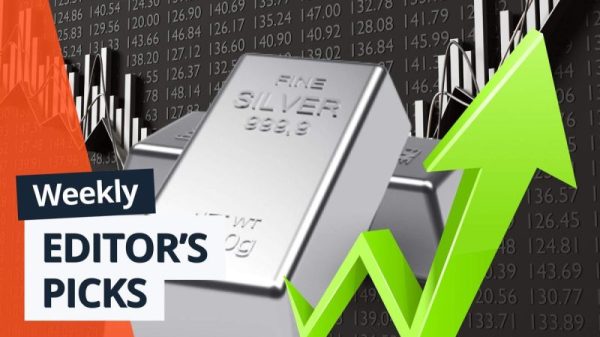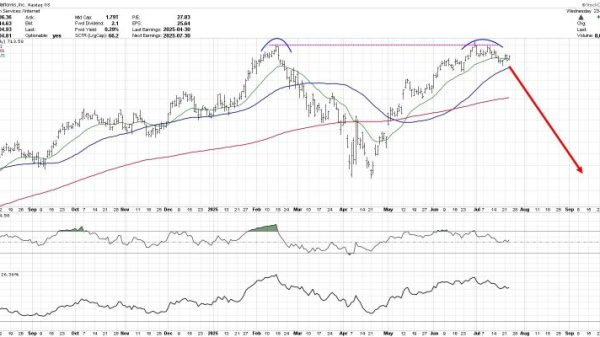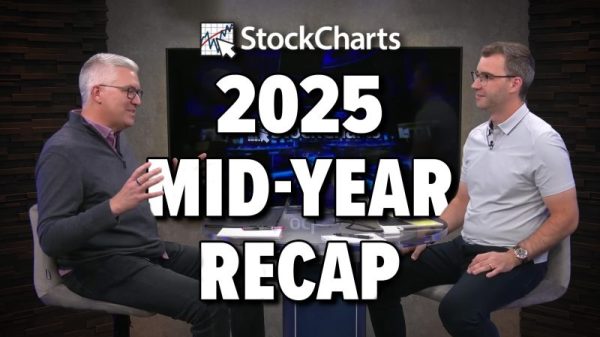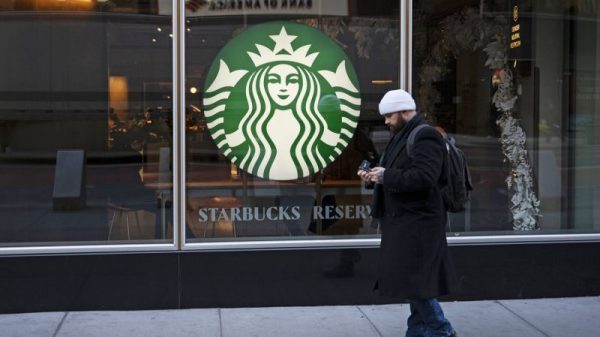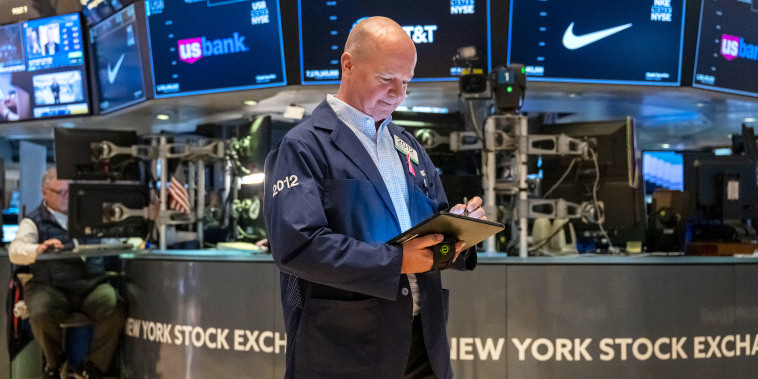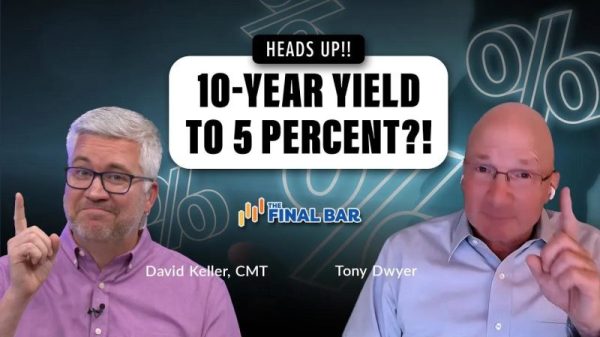Passing major milestones such as the 40,000 barrier the Dow Jones Industrial Average eclipsed this week makes for a nice headline, but market experts do not take much else from the move.
What really matters is what underpins the market, namely, whether companies are seeing sustainable profits, where monetary and fiscal policy is positioned and what the future landscape is for economic health and specifically the labor market.
Fortunately for the market, most of those variables look pretty positive these days, and are largely behind the blue-chip average’s latest landmark move.
Forty thousand “is a great milestone, but [at the] end of the day there isn’t much difference between 39,999 and 40k,” said Ryan Detrick, chief market strategist at Carson Group. “Still, this is a great reminder of how far we’ve come. Think about how many people were talking about recessions and bear markets all of last year. Now we are once again back to new highs.”
Indeed, the market stumbled through 2022, then entered 2023 with nearly all of Wall Street convinced that a looming recession would further pressure stocks.
But the “Waiting for Godot” economic retrenchment never happened, despite wobbly corporate profits and other headwinds. At the same time, fiscal help from Congress helped offset higher interest rates, while a boom in the technology sector courtesy of artificial intelligence provided wind beneath the market’s wings.
Those factors outweighed queasiness over where the Federal Reserve was headed with monetary policy amid inflation that has proved surprisingly sticky.
“Investors just got tired of being scared about all these pessimistic thoughts that were flying around during 2022 and 2023,” said market veteran Ed Yardeni, head of Yardeni Research. “The market started discounting the ‘roaring 20s’ scenario, led by productivity and artificial intelligence.”
Once investors looked through those threats, the path of least resistance for the market was higher.
The 30-stock Dow, though up fractionally Friday, has risen nearly 6% in 2024 and is up more than 19% over the past year.
However, it has vastly underperformed its major average counterparts, with the S&P 500 jumping 11% in 2024 and 27% over the past year, while the Nasdaq Composite and all its high-flying tech names have surged 11% and 33%, respectively.
That comparison took some of the luster off the Dow’s achievement, which it struggled to hold as trading continued Thursday after it first hit the 40,000 mark then into Friday.
Indeed, the Dow has more than its share of detractors.
The criticism is primarily that it only captures a small fraction of what is really happening in the market and tends to bring in new stocks only after they have hit their peak. With the surge in “Magnificent Seven” stocks, the average is even farther back than its market peers.
“People don’t focus on the Dow that much, certainly not younger investors,” said Liz Ann Sonders, chief market strategist at Charles Schwab. “I don’t know if they ever even think about the Dow. For younger investors, Nasdaq is the proxy that they think of. But all else [being] equal, round numbers boost psychology.”
Sonders, though, thinks the factors that have pushed the market higher are worth considering, citing sentiment surveys such as the American Association of Individual Investors poll indicating more than one-third of respondents are in a “neutral” mindset toward stocks with the bullish outlook diminishing, though still largely positive.
“Market participants do have a tendency to extrapolate when you’re in the glow of these huge year-over-year changes in earnings. So, there could be some risk associated with the bar being set fairly high,” Sonders said. “But right now, the economic backdrop, the combination of continued disinflation and still decent but not-hot economic growth, that’s a pretty good recipe.”
Negative sentiment actually can be a boon to markets, particularly if it results in oversold conditions.
A slump in April, when the Dow fell 5%, as markets grew skittish over a potentially hawkish Fed, helped pave the way for the most recent rally once investors grew more comfortable with higher-for-longer central bank policy along with solid economic fundamentals and a prosperous earnings season.
“It’s never where the stock market is that really matters, it’s where the market is priced from where it should be priced,” said economist and market strategist Jim Paulsen, formerly of Wells Fargo and now the author of the Paulsen Perspectives newsletter on Substack. “If we had these [economic] numbers at any point prior to the Great Recession of ’80 and ’09, we would have been heralding nirvana. Really, the fundamental story is pretty darn good.”



